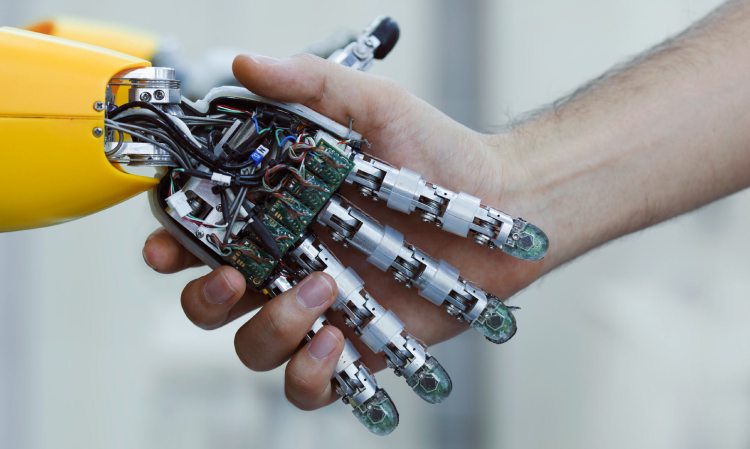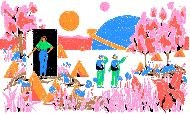
In 2009, futurist and venture capitalist Juan Enriquez had big ideas about how the human species is about to evolve. In his TED Talk that year, The next species of human, he suggested that a new wave of innovation was going to emerge from the science labs — around concepts that might make our kids very different from us. To bring the talk up to date, Enriquez compiled this useful list of research and reading he’s tracking:
Boston Dynamics’ research on BigDog
In my talk, I described BigDog as being “as close as you can get to a physical Turing test” — computers are now reaching human levels of intelligence. And I noted that even though those of us of a certain age had the sense not to expect R2D2 in the near future, what we saw was primitive and underwhelming, so we underestimated robots. Since then, Google has bought Boston Dynamics and several other robotics companies. These acquisitions, plus Amazon’s purchase of Kiva, make robot-human interactions even more important for short-term commercial advantage. Eventually, as we seriously consider colonizing other planets, these types of machines and capabilities will be essential building blocks.
The Fast Life of Oscar Pistorius
Michael Sokolove
The New York Times Magazine, January 18, 2012
This article tracks the fascinating tale of the Paralympian athlete and reminds us that enhanced physicality does not always mean enhanced ethics, judgment and brains. As we acquire and deploy greater physical, and someday maybe mental, powers, we also have to deal with our emotions and profound human flaws. In a sense, this fairy tale has a very dark ending. But still, Pistorius’ pre-jail life leads the way, and it will inspire many others to follow the path from handicapped to too able.
Robert Wood’s research on micro-robots
In the talk, I also mentioned Robert Wood’s work on robots the size of flies. As drones get smaller, cheaper and more autonomous, we change the nature of warfare, surveillance, toys and even commerce, as shown by the global awe and fear of Amazon’s potential delivery drones. We are struggling with how and where we can deploy what. This will only get more complex as things miniaturize.
StickyBot research at Stanford
Inspired by geckos, StickyBots relate to the field of biomimicry, a source of inspiration to all who have ever wanted to fly like a hawk, swim like a dolphin or enjoy life like a bonobo. Now we are taking our dreams of enhancing life and bodies and applying it to robots, creating a strange triangle of what we learn, want for ourselves and project onto our mechanical creations.
Synthetic Neurobiology Group at MIT
Speaking of brains, Ed Boyden has gone on to create a synthetic neurobiology group, bringing together new ways of mapping and downloading memories with synthetic biology-like programming capabilities, something that ought to enthrall some and scare others. It is the kind of research that could fundamentally change humanity. [See also Enriquez’s conversation with Ed Boyden on just this topic.]
[ted id=463]
Photo: iStock








